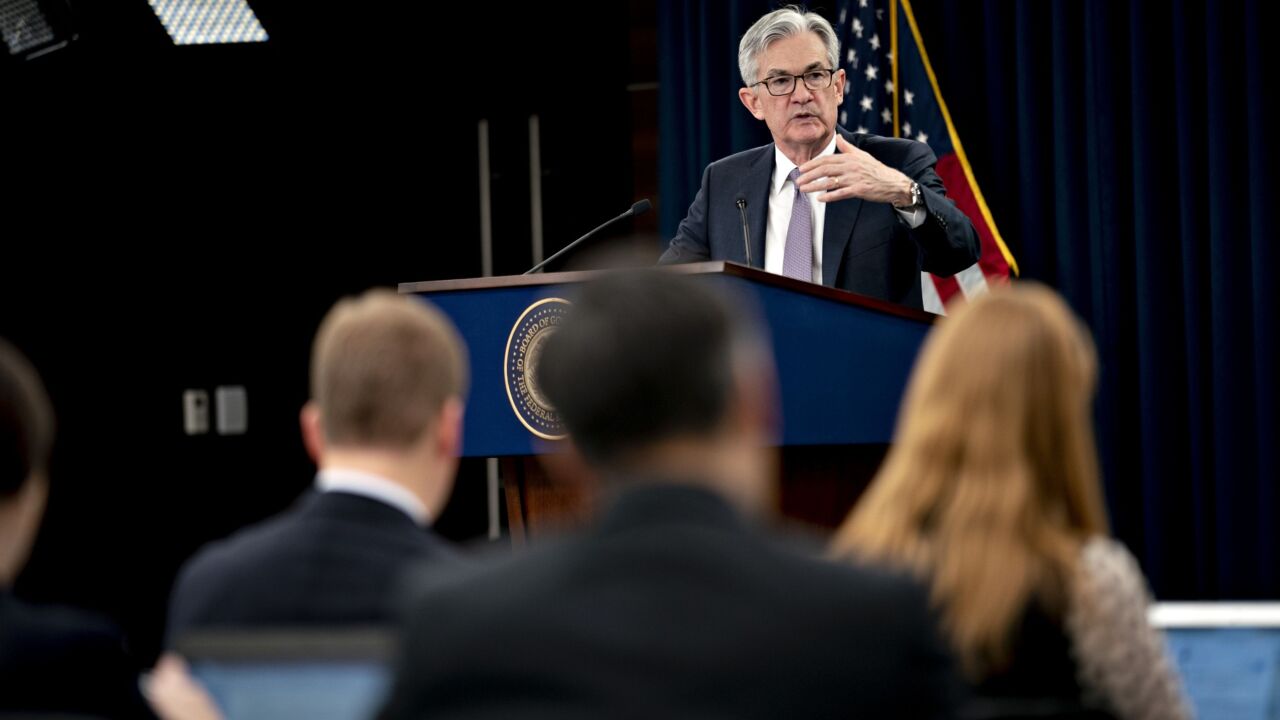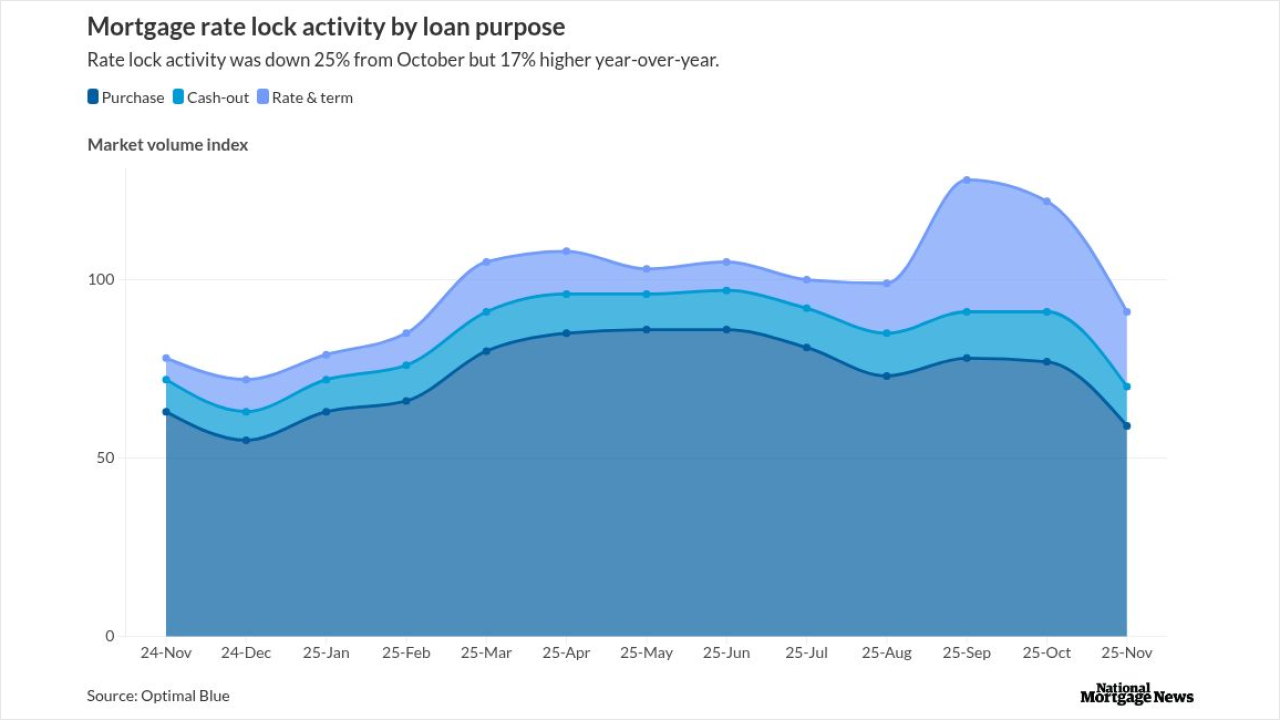(Bloomberg) -- For DoubleLine Capital, there are two approaches to consider when it comes to 30-year US Treasuries: either avoid them, to the degree they can, or outright short them.
Wary of America's swelling federal budget gap and growing debt burden, the money manager led by Jeffrey Gundlach is part of a wave of investment firms — including Pacific Investment Management Co. and TCW Group Inc. — that are steering away from the longest-dated US government bonds in favor of shorter maturities that carry less interest-rate risk but still offer a decent yield.
It's a portfolio move that has worked well this year as a pickup in government spending has dimmed confidence in longer maturities globally, from Japan to the UK to the US, which last month lost its top grade from Moody's Ratings, its last pristine score from a major rating firm.
The US 30-year bond has been a stark underperformer in 2025. Yields on the maturity have risen, while those on 2-, 5- and 10-year notes have fallen. This sort of divergence is rare — the last time it happened over a full year was in 2001 — underscoring the pressure on the long bond as investors demand added compensation to lend to the US government for such a long period. So bad has been the rout that speculation has even begun to swirl that the Treasury might scale back or halt auctions of its longest tenor.
"Where we can outright short it," said Bill Campbell, a portfolio manager at DoubleLine, "we are in a steepener," a bet that anticipates that long-dated rates will rise relative to those on shorter maturities.
"But in other strategies where it's purely long only, we're just basically doing a buyers' strike and moving to invest more in that middle part of the curve," said Campbell, whose firm oversaw about $93 billion as of March.
The Treasury has long sought stability in its debt-sale plans, which makes the growing chatter on Wall Street about shrinking the 30-year auctions so unusual.
Bob Michele, the global head of fixed income at JPMorgan Asset Management, said last week that the long bond isn't trading now like the risk-free asset Wall Street always believed it to be, and that the possibility of a reduction or cancelation of the auctions is real.
"I don't want to be the one to stand in front of the steamroller right now," Michele said in a Bloomberg Television interview. "I'll let somebody else help stabilize the long end. I'm concerned that it's going to get worse before it gets better."
The Treasury could hint at a move to shrink long-end auctions as soon as its August refunding, TD strategists said in a note last week.
Steady Plan
A Treasury spokesperson said that demand at auctions of all bond maturities has been robust and that the government is sticking to its long-held policy of issuing debt in "a regular and predictable manner." In an April 30 statement, the Treasury committed to keeping the size of auctions of long-dated bonds, as well as other maturities, steady "for at least the next several quarters."
Since taking office in January, Treasury Secretary Scott Bessent has repeatedly expressed confidence that the bond market will rally under his watch and that benchmark 10-year yields in particular will come down. He's pointed to his plan to rein in budget deficits — which has stalled so far — and bolster economic growth as key initiatives that will make the US debt load more manageable and buoy demand for Treasuries. Additional demand, he's said, could come from an administration push to ease regulations on banks' purchases of Treasuries.
A key test comes June 12, with the next auction of 30-year Treasuries. In Japan last month, auctions sent worrisome signals about confidence in that government's longest maturities. An offering of 40-year Japanese debt drew the weakest demand since July, boosting pressure on officials to issue less of such securities.
In the US, concern around the potential inflationary impact of President Donald Trump's tariffs helped trigger the long bond's underperformance soon after he took office. Federal Reserve policymakers have said they expect the announced levies to weigh on growth and put upward pressure on inflation. More recently, the Moody's downgrade shifted the focus back to the fiscal outlook and a tax bill in Congress that stands to boost the deficit by around $3.3 trillion over the coming 10 years, according to the Committee for a Responsible Federal Budget.
As investors fretted about the prospect of increased bond issuance to plug deficits, the 30-year yield reached 5.15% last month, approaching levels last seen in 2007. Meanwhile, the yield spread over five-year Treasuries climbed above a percentage point for the first time since 2021.
Some traders saw opportunity as long-dated Treasuries slumped. In late May, dip-buyers poured money into an exchange-traded fund that tracks that segment, and saw a pay day as yields fell from their highs.
Pimco's Caution
The fiscal picture is what spurred Pimco to advocate caution toward 30-year Treasuries at the end of last year, and it continues to be underweight long maturities such as the long bond.
It's instead favoring the five- and 10-year area of the Treasuries curve and is also looking at non-US bonds, according to Mohit Mittal, chief investment officer for core strategies at the bond giant.
"Certainly if there is a bond-market rally, in our view it'll be led by the five- to 10-year point," and less by the long end, Mittal said.
Auctions last week offered some endorsement for that standpoint. Sales of two-, five- and seven-year notes all saw solid demand. Earlier last month, an offering of 30-year Treasuries drew slightly weaker-than-expected interest.
Looking ahead, investors say the long end is vulnerable should the budget deal stimulate growth and inflation heading into 2026, while also lifting a US debt load that already equals the size its economy. That ratio will likely rise to 118% in 2035, eclipsing its previous high of 106% set in 1946, the Congressional Budget Office projects.
That backdrop has some money managers looking for a fatter yield premium on the 30-year to tempt them to step in. That spread over the 10-year, for example, is around its long-term average of about a half-point.
That's not quite wide enough for Jamie Patton, co-head of global rates at TCW, to buy the long bond. She said she's overweight two- and five-year notes and expects the curve to steepen further.
"We wouldn't just look at the 30-year bond and say 5%, let's buy it," she said. "We would look at it and say it's actually still pretty rich versus the rest of the curve."
--With assistance from Jonathan Ferro and Kate Davidson.
More stories like this are available on bloomberg.com




